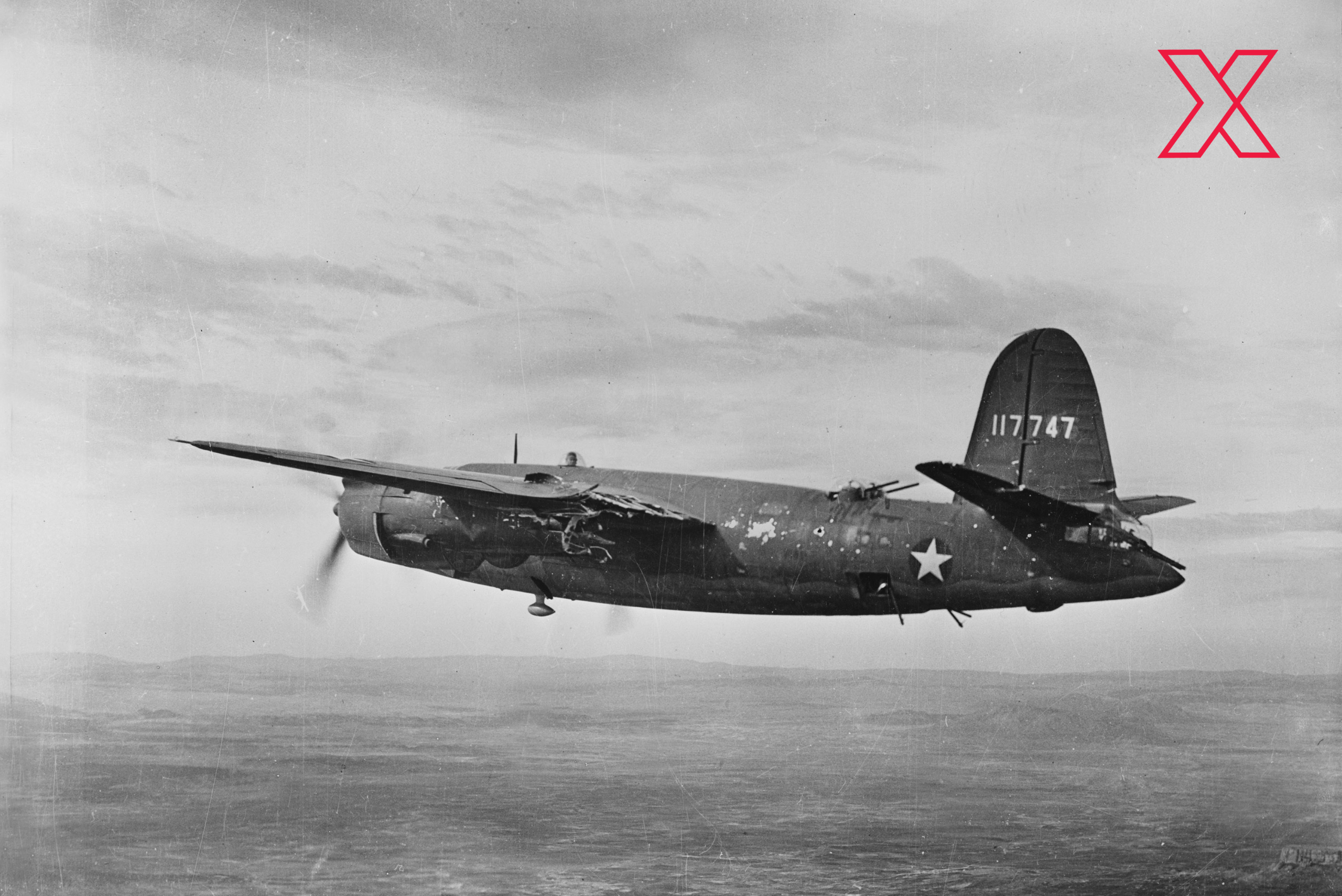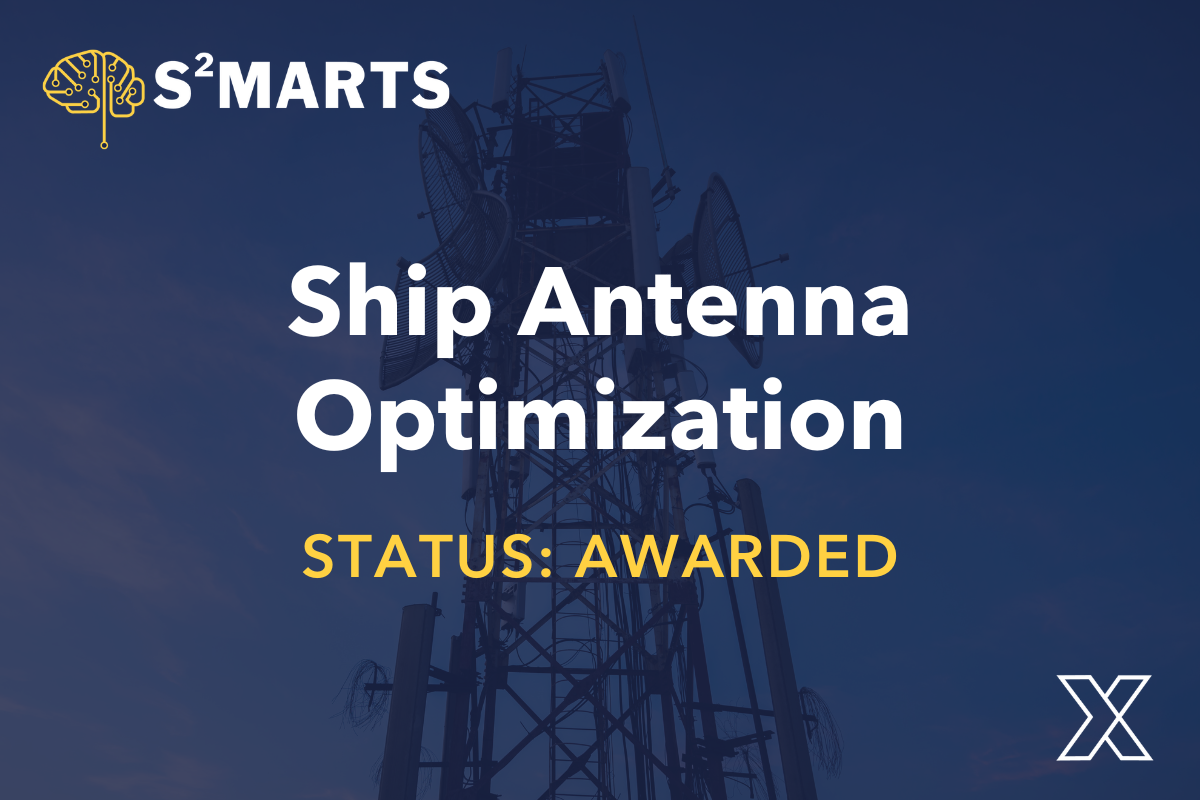The History and Future of U.S. Defense Acquisition
May 21, 2025

The U.S. defense acquisition system has played a pivotal role in equipping the military with cutting-edge technologies—from Cold War-era innovations to today’s advanced weaponry. Yet, as global threats evolve and technology advances at an unprecedented pace, procurement methods must adapt along with them. This blog explores the historical roots of military procurement, examines modern rapid acquisition methods, and looks ahead to how Other Transaction Authorities (OTAs) are shaping the future of defense acquisition.
A Brief History of Military Procurement
The evolution of U.S. military procurement is deeply intertwined with the nation’s legislative history and wartime demands. After World War II, the Armed Services Procurement Act of 1947 laid the foundation for a unified approach to defense contracting, aiming to bring consistency and accountability to the acquisition process. Decades later, the Goldwater-Nichols Act of 1986 marked a significant shift in defense governance, enhancing joint operations and clarifying the chain of command—ultimately improving how acquisition decisions were made across military branches.
The Federal Acquisition Regulation (FAR) is the primary set of rules used by the U.S. federal government for purchasing goods and services. It was officially established in 1984 under the Office of Federal Procurement Policy Act of 1974, and finally became effective on April 1, 1984. The goal of creating the FAR was to standardize and streamline federal procurement across civilian and defense agencies, creating a single, unified regulation for contracting.
At the time, the U.S. DoD was facing several acquisition challenges, including lack of standardization across regulations and a general mistrust in federal spending following the Watergate scandal and civil unrest caused by the Vietnam war. The FAR-based contract successfully implemented structure, transparency, and accountability in large, taxpayer-funded procurement efforts. However, as technology innovations soared throughout the late 19th and early 20th centuries, procurement needs evolved, and inefficiencies in the FAR process became apparent.
Modern Challenges in Defense Procurement
Traditional contracting methods, like the Federal Aquisition Regulations (FAR), fail to keep up with the modern pace of innovation. Unlike OTAs, FAR-based contracts are more rigid in terms of who can access them, the focus of the contracts, and who they are managed by. These contracts can often take many months, and even several years, before they are awarded. Additional challenges include:
- Procurement Timelines that Don’t Match Innovation Cycles
- Innovation moves fast but FAR-based contracts move slow: The acquisition can take 18–24 months or more. By the time a FAR-based contract is executed, the proposed solution may be outdated or irrelevant.
- Rigid Requirements vs. Evolving Solutions
- FAR emphasizes fixed requirements and deliverables before a contract is awarded. This rigidity forces agencies to lock in scope too early, stifling creative exploration or adaptation to new insights.
- Excessive Administrative Overhead
- FAR requires compliance with hundreds of clauses, certifications, and reporting obligations. Startups and small tech firms often don’t have the legal staff or contracting officers to interpret and navigate the FAR. This creates a barrier to entry, limiting the government’s access to cutting-edge solutions that exist outside the traditional defense contracting ecosystem.
The Future of Defense Acquisition: What’s Next?
By contrast, OTAs are flexible and efficient, allowing for unlimited modifications and reducing barriers to entry for small organizations, like excessive administrative tasks or overhead fees. On April 9, 2025, President Trump signed an Executive Order to modernize defense acquisitions, a renewed spotlight is being placed on OTAs as a vital pathway for defense innovation. Executive Order signals a clear mandate: government acquisition offices are to increase utilization of rapid acquisition pathways like OTAs.
The new Administration recognized that the procurement of cutting-edge technologies and solutions for national security demands a rapid, transparent approach to meet the urgent needs of the warfighter and secure America as the undisputed leader in global innovation. OTAs provide an innovative pathway to many critical initiatives across the DoD. The Strategic and Spectrum Missions Advanced Resilient Systems (S2MARTS) OTA, sponsored by NSWC Crane, is executing high-level hypersonics and microelectronics programs, while the Space Enterprise Consortium (SpEC) OTA, sponsored by Space Systems Command, is powering programs in gps, space mobility, space domain awareness programs, and more.
“This Executive Order is a strong signal that the U.S. is serious about modernizing how we innovate for national defense,” said Tim Greeff, President & Founder of NSTXL. “It’s an inflection point for OTA-enabled ecosystems—and the innovators ready to lead.”
There is an unprecedented opportunity for OTA innovators, both on the Government and industry side.
Connect with NSTXL
Government offices looking to learn more about the potential of OTAs can speak to an acquisition expert to learn more.
Industry innovators can capitalize on this momentum by joining an OTA consortium like NSTXL, who provide insight into upcoming DoD projects and direct access to opportunities across all NSTXL-managed OTAs. Learn more about NSTXL membership here.
About NSTXL
NSTXL is focused on building a network of innovators and creators across the most sought-after emerging technology fields. As an open-source platform, our approach was designed to encourage network growth and collaboration without stifling change. We support our network by providing commercial-term contracting, open-source technology discovery, modern-day marketing outreach, a strongly interconnected network for easy teaming and cybersecurity compliance support.





